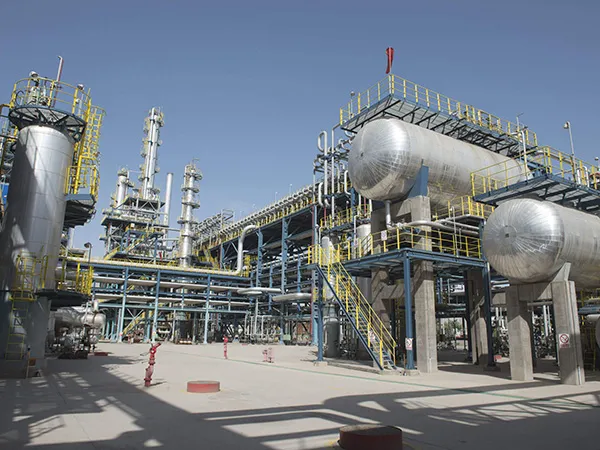There are many kinds of methods for industrial wastewater treatment, and because electrolytic water treatment technology does not cause secondary pollution, it is called environment-friendly technology, or green water treatment technology. Moreover, for wastewater that cannot be treated by biodegradation, the electrolytic oxidation method often has significant effects, so electrolytic water treatment technology has become a hotspot for research on water treatment technology, and has been more and more widely used.
The basic principle of electrolysis water treatment technology is to make pollutants in the electrode direct electrochemical reaction or indirect electrochemical transformation, that is, direct electrolysis or indirect electrolysis.
Electrolysis water treatment technology
(1) Direct electrolysis
Direct electrolysis means that pollutants are directly oxidized or reduced on the electrode and removed from the wastewater. Direct electrolysis can be divided into anode process and cathode process. Anodic process is the pollutants in the anode surface oxidation and transformed into less toxic substances or easily biodegradable substances, or even organic inorganic, so as to achieve the purpose of reducing and removing pollutants. Cathode process is the pollutants in the cathode surface reduction and removal, mainly used for halogenated hydrocarbons reduction dehalogenation and recovery of heavy metals.
(2) Indirect Electrolysis
Indirect electrolysis refers to the use of electrochemical redox substances as a reactant or catalyst, so that the pollutants into less toxic substances. Indirect electrolysis is divided into reversible and irreversible processes. Reversible processes (mediated electrochemical oxidation) are those in which the redox substances can be electrochemically regenerated and recycled during the electrolysis process. Irreversible process refers to the process of oxidizing organic matter using substances produced by irreversible electrochemical reactions, such as chlorate, hypochlorite, H2O2 and O3, which have strong oxidizing properties, and can also be used to produce strongly oxidizing intermediates using electrochemical reactions, including solvated electrons, free radicals such as HO, HO2, and O2-.
In the electrolysis process, the electrode acts as an electrocatalyst, and the difference of the electrode material can make the electrochemical reaction rate change by orders of magnitude, so the appropriate choice of electrode material is an effective way to improve the electrocatalytic activity. Titanium electrode has been widely used due to its good electrocatalytic properties, high oxygen precipitation overpotential and electrical conductivity.

Features of titanium electrode for industrial wastewater treatment
Titanium electrode for industrial wastewater treatment has the following characteristics:
① No impurities are generated in the electrolyzer, so it will not pollute the medium environment.
② Can be used in different current density conditions;
③ It can be applied in electrode reversing system;
④Anodes can be used repeatedly after recoating;
⑤ Can be used in extreme temperatures
⑤ Can be used in extreme temperatures; ⑥ Can be used in the presence of organic compounds in electrolytes
Coating system of titanium electrode for industrial wastewater treatment: platinum; iridium metal oxide; platinum-iridium oxide
Types of titanium electrodes for industrial wastewater treatment
Product series of titanium electrode for industrial wastewater treatment - titanium anode: titanium electrode plate, titanium mesh electrode, titanium electrode rod, titanium electrode wire, etc., can also be customized and processed according to the specific requirements of customers.
Other titanium equipment products: titanium heat exchanger, titanium forgings, titanium pipe fittings, titanium processing parts.

